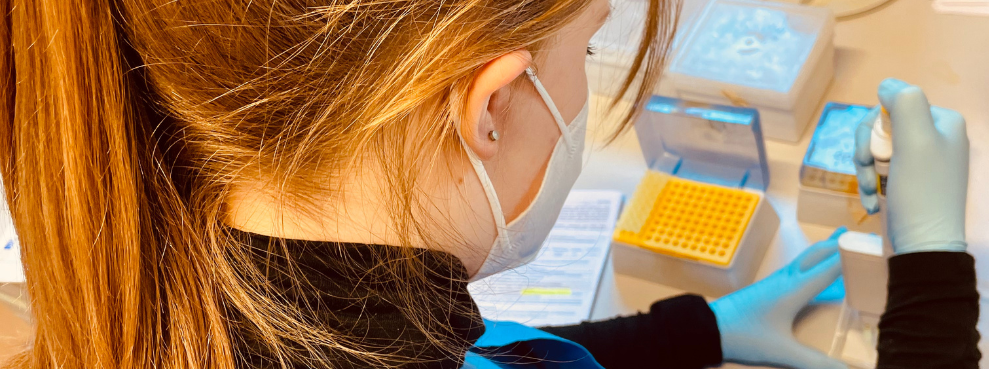On the way to a better substitute for breast milk?
Researchers from Copenhagen and Witten/Herdecke Universities are investigating gene communication between mothers and newborns.

Researchers at Witten/Herdecke University (UW/H) and the University of Copenhagen have been able to show how so-called microRNAs in breast milk could contribute to the proper development of intestinal flora in newborns. These microRNAs are tiny molecular snippets that arise from the mother's genetic material. Ingested via breast milk, they could control the activity of genes and thus the child's development.
"We know that breast milk is the best nutrition for the baby in the first months of life," says Prof. Dr Jan Postberg, holder of the Professorship of Clinical Molecular Genetics and Epigenetics at the UW/H and Head of the Research Laboratory of the Centre for Research in Clinical Medicine (ZFKM) at HELIOS University Hospital Wuppertal. However, there are sometimes situations in which breastfeeding is not possible or not sufficient. In such cases, people often turn to substitute products containing cow's milk. This also contains microRNAs, but they are only partially identical to human ones. "Only if we understand how microRNAs from breast milk work in the newborn's body can we improve these substitute products, for example to support the development of the immature intestines of extremely premature babies," says Postberg, categorising the research. He is the coordinator of the study, which has now been published in the American Journal of Clinical Nutrition.
How does breast milk control the communication of genes in newborn babies?
"The aim of the study was to determine whether the microRNAs from breast milk can survive digestion, penetrate cells and possibly influence gene regulation in newborns," reports Prof Postberg. The special trick: the team used non-human microRNAs from replacement (or pre-) foods for babies to track the path of these molecules through the gastrointestinal tract. Human microRNAs from breast milk are unsuitable for tracking because the analysis cannot distinguish whether they were ingested via food or produced by the newborn itself.
In both human newborns and piglets fed cow's milk, the research team found evidence that microRNAs from the milk are taken up by the cells and loaded onto specific proteins. "They could therefore play an important role in the development of the intestine during a critical window of time immediately after birth," says Prof Postberg with caution. Further research into the identification of specific microRNAs is necessary in order to be able to make statements about their potential effects on the health of newborns.
Photos for download
Contact person

Svenja Malessa
Press Officer
Administration | Communication & Marketing
Alfred-Herrhausen-Straße 48
58455 Witten
Room number: 2.F05

